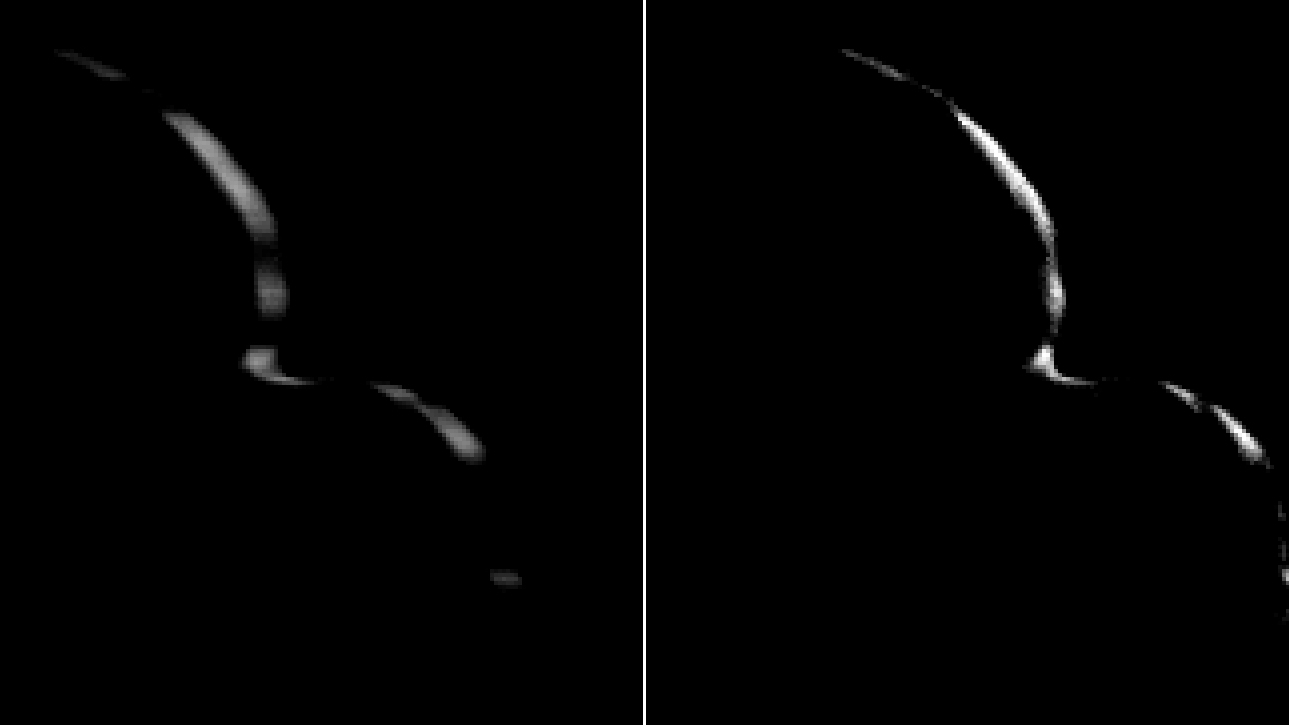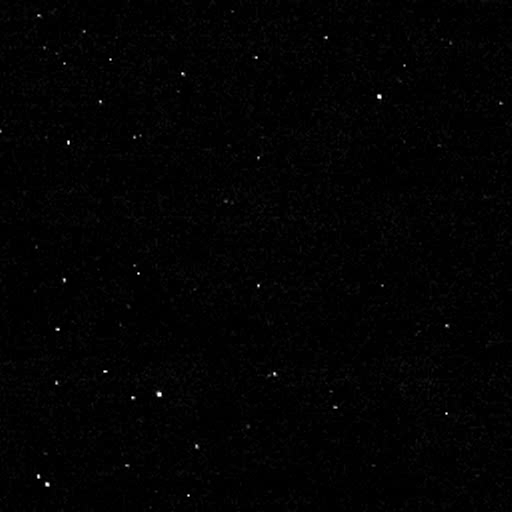
Technology
10:40, 11-Feb-2019
New images from NASA confirm Ultima Thule's flat shape
CGTN

The New Horizons mission from NASA has confirmed the shape of the most distant object ever explored, an object nicknamed "Ultima Thule" in the Kuiper Belt, to be flat rather than spherical, according to the latest images sent back to Earth.
New Horizons performed its farthest flyby when it approached Ultima Thule within 2,200 miles (about 3,540 km) of the surface at a velocity of 31,500 miles (about 50,694 km) per hour on January 1.
The latest images were taken nearly 10 minutes after New Horizons crossed its closest approach point, which was the final views New Horizons captured of Ultima Thule, said a NASA release on Friday.
Previously scientists called Ultima Thule "snowman" as the first close-up images revealed its two distinct and spherical segments. However, more analysis of approach images and new departure images have changed that view.

Mission scientists created this "departure movie" from 14 different images taken by the New Horizons Long Range Reconnaissance Imager (LORRI) shortly after the spacecraft flew past the Kuiper Belt object nicknamed Ultima Thule on January 1, 2019. /Courtesy of NASA/Johns Hopkins Applied Physics Laboratory/Southwest Research Institute/National Optical Astronomy Observatory
Mission scientists created this "departure movie" from 14 different images taken by the New Horizons Long Range Reconnaissance Imager (LORRI) shortly after the spacecraft flew past the Kuiper Belt object nicknamed Ultima Thule on January 1, 2019. /Courtesy of NASA/Johns Hopkins Applied Physics Laboratory/Southwest Research Institute/National Optical Astronomy Observatory
Stringing 14 of the latest images into a short departure movie, New Horizons scientists confirmed that the two sections, or "lobes," of Ultima Thule are not spherical.
The larger lobe, nicknamed "Ultima," more closely resembles a giant pancake, and the smaller lobe, nicknamed "Thule," is shaped like a dented walnut, according to the mission team.
"We had an impression of Ultima Thule based on the limited number of images returned in the days around the flyby, but seeing more data has significantly changed our view," said mission Principal Investigator Alan Stern.
"It would be closer to reality to say Ultima Thule's shape is flatter, like a pancake. But more importantly, the new images are creating scientific puzzles about how such an object could even be formed. We've never seen something like this orbiting the Sun," he said.
(Top image: New Horizons took this image of the Kuiper Belt object 2014 MU69, nicknamed Ultima Thule, January 1, 2019, when the NASA spacecraft was 5,494 miles away from it. /Courtesy of NASA/Johns Hopkins Applied Physics Laboratory/Southwest Research Institute/National Optical Astronomy Observatory)
Source(s): Xinhua News Agency

SITEMAP
Copyright © 2018 CGTN. Beijing ICP prepared NO.16065310-3
Copyright © 2018 CGTN. Beijing ICP prepared NO.16065310-3